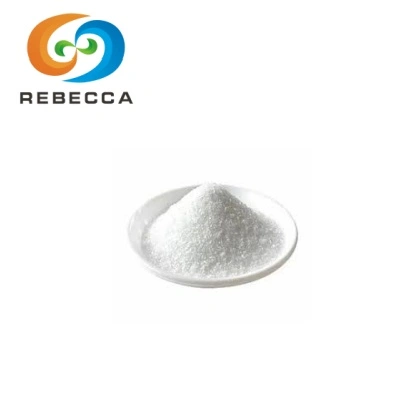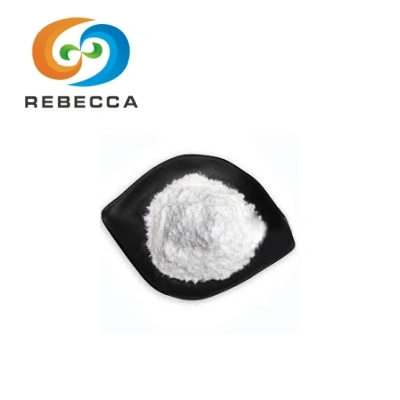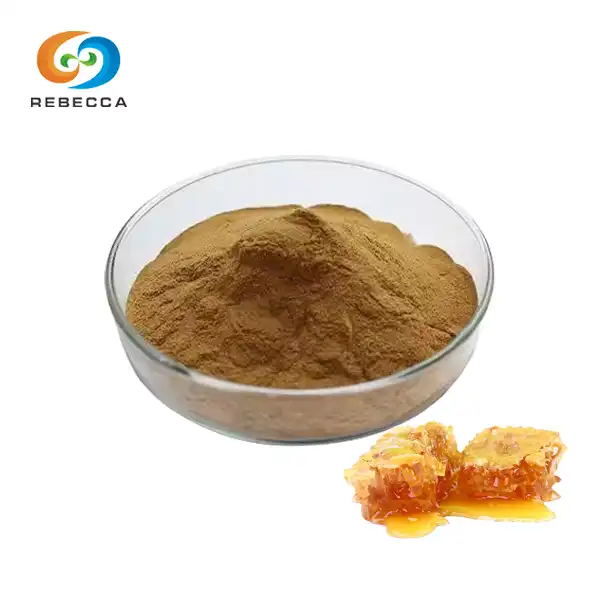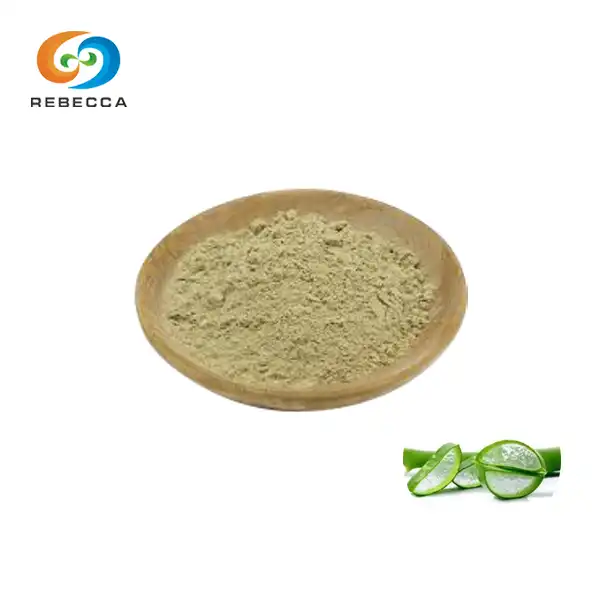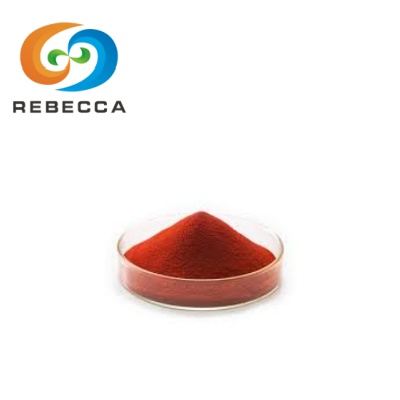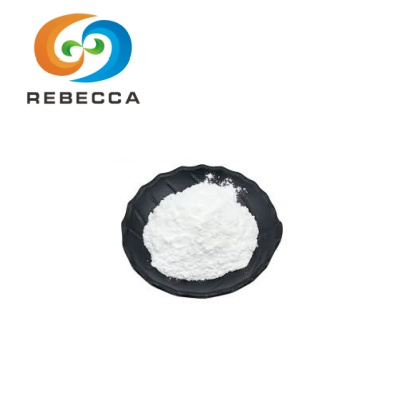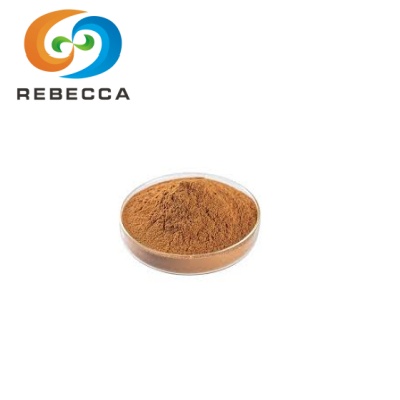Cooling Agents For Itchy Skin
When persistent itching disrupts daily life, finding effective relief becomes a priority. Traditional treatments often fall short, leaving many searching for innovative solutions that provide immediate comfort without causing additional skin irritation. Modern cooling agents have emerged as promising alternatives, offering targeted relief through advanced molecular mechanisms that address the root sensations of itchiness while promoting skin comfort.
The human skin contains numerous sensory receptors that respond to various stimuli, including temperature, pressure, and chemical signals. When these receptors become overactive due to inflammation, allergic reactions, or other skin conditions, they trigger the familiar sensation of itching. This complex physiological process involves multiple pathways, but recent scientific advances have identified specific cooling receptors that can effectively interrupt these signals, providing much-needed relief.
Among the various cooling compounds available today, synthetic cooling agents have gained significant attention from researchers and skincare professionals. These carefully engineered molecules work by activating specific temperature-sensitive channels in the skin, creating a cooling sensation that helps mask itching sensations. The ws 23 cooling agent represents one such advancement, offering unique properties that make it particularly suitable for addressing skin discomfort without the typical side effects associated with traditional cooling compounds like menthol.
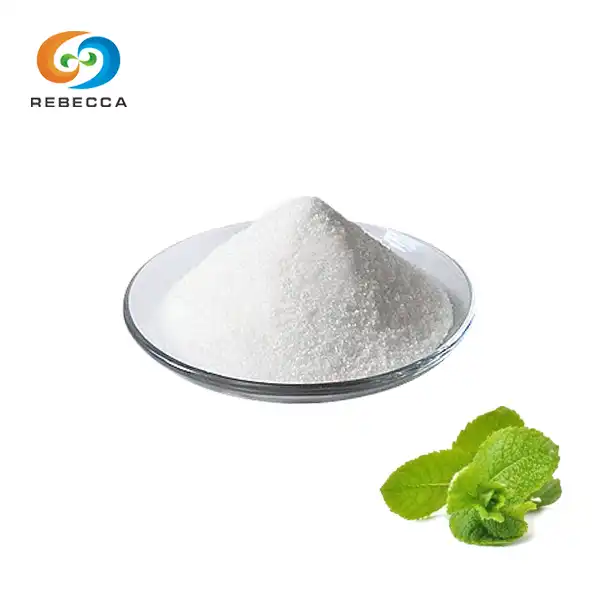
【English name】: WS-23 Cooling Agent
【CAS No.】: 51115-67-4
【Molecular Formula】: C10H21NO
【active ingredients】: 99%
【Specification】: WS-23, WS-3, WS-5, WS-12.
【Appearance】: White Crystalline Powder
【Test Method】: HPLC
【Certification】:MSDS、CE、ISO、COA
TRPM8 Activation
The transient receptor potential melastatin 8 (TRPM8) channel serves as the primary molecular target for cooling sensations in human skin. This specialized protein channel, embedded within nerve endings throughout the skin, responds to cool temperatures and specific chemical compounds. When activated, TRPM8 channels generate electrical signals that travel to the brain, where they are interpreted as cooling sensations. This natural mechanism evolved as a protective response, helping organisms detect potentially harmful cold environments.
Research has demonstrated that synthetic cooling agents can selectively activate these TRPM8 channels without requiring actual temperature changes. This selective activation creates a localized cooling effect that effectively competes with itch signals traveling through the same neural pathways. The WS 23 cooling agent exhibits particularly strong affinity for TRPM8 receptors, making it highly effective at generating the desired cooling response even at relatively low concentrations.
The activation process occurs rapidly, typically within minutes of application. Once the cooling agent molecules contact the skin surface, they penetrate through the stratum corneum and interact with TRPM8 channels located in the sensory nerve endings. This interaction causes the channels to open, allowing calcium ions to flow into the nerve cells and triggering the characteristic cooling sensation. The duration of this effect depends on several factors, including the concentration of the cooling agent, skin condition, and individual sensitivity.
What makes TRPM8 activation particularly valuable for treating itchy skin is its ability to create what researchers call "sensory masking." When cooling signals dominate the neural pathways, itch signals become less prominent, providing relief without directly addressing the underlying cause of the itching. This approach proves especially beneficial for chronic skin conditions where complete elimination of the irritating factor may not be immediately possible.
Studies have shown that different cooling agents activate TRPM8 channels with varying degrees of efficiency and duration. The molecular structure of each compound influences its binding affinity and the resulting intensity of the cooling sensation. Advanced cooling agents like WS 23 have been specifically designed to optimize this interaction, providing strong activation while minimizing potential side effects that might occur with less selective compounds.


No Secondary Irritation
One of the most significant advantages of modern synthetic cooling agents lies in their ability to provide relief without causing additional skin irritation. Traditional cooling compounds, particularly menthol and its derivatives, often present a double-edged sword: while they provide initial cooling relief, they can sometimes trigger secondary irritation responses in sensitive individuals. This limitation has driven the development of newer cooling agents that maintain therapeutic benefits while eliminating unwanted side effects.
The molecular design of advanced cooling agents like WS 23 specifically addresses the irritation potential that plagues older compounds. Unlike menthol, which can sometimes cause burning sensations or skin sensitization with prolonged use, these newer agents interact more selectively with cooling receptors. This selectivity means they activate the desired TRPM8 channels without significantly affecting other sensory pathways that might trigger irritation responses.
Clinical testing has consistently demonstrated the improved tolerance profile of modern cooling agents. Dermatological studies involving individuals with sensitive skin conditions, including eczema and contact dermatitis, have shown that WS 23 cooling agent applications rarely produce the stinging, burning, or increased redness sometimes associated with traditional cooling treatments. This improved safety profile makes these agents suitable for use on compromised skin barriers, where traditional treatments might exacerbate existing problems.
The reduced irritation potential stems partly from the chemical stability of these synthetic compounds. Unlike some natural cooling agents that may contain impurities or degradation products, pharmaceutical-grade synthetic cooling agents maintain consistent purity levels. This consistency ensures predictable responses and minimizes the risk of unexpected reactions that might occur with less refined compounds.


Key Benefits for Itchy Skin
The application of cooling agents in managing itchy skin conditions offers multiple therapeutic advantages that extend beyond simple symptom relief. The primary benefit lies in the immediate interruption of itch sensations through the sensory masking mechanism. When cooling sensations dominate the neural pathways, the brain receives fewer itch signals, providing rapid relief that can break the destructive itch-scratch cycle that often perpetuates skin problems.
Rapid onset of action represents another crucial advantage of cooling agent treatments. Unlike some traditional anti-itch medications that may require hours or days to show effects, cooling agents like WS 23 cooling agent typically provide noticeable relief within minutes of application. This quick response proves particularly valuable during acute itching episodes, where immediate relief can prevent scratching damage and allow the skin to begin healing.
The versatility of cooling agents makes them suitable for addressing various types of itchy skin conditions. Whether dealing with allergic reactions, insect bites, dry skin, or inflammatory skin diseases, the cooling mechanism provides relief regardless of the underlying cause. This broad applicability eliminates the need for multiple specialized treatments, simplifying management strategies for both patients and healthcare providers.
Cooling agents also offer the advantage of localized treatment without systemic effects. Unlike oral antihistamines or corticosteroids that affect the entire body, topically applied cooling agents work specifically at the application site. This targeted approach minimizes the risk of systemic side effects while allowing for precise control over treatment areas. Patients can apply cooling agents only where needed, avoiding unnecessary exposure of healthy skin areas.
The non-habit-forming nature of cooling agents provides additional peace of mind for long-term management strategies. Unlike some pharmaceutical treatments that may require careful monitoring or gradual discontinuation, cooling agents can be used as needed without concerns about dependency or withdrawal effects. This safety profile makes them suitable for intermittent use over extended periods, adapting to the variable nature of many chronic skin conditions.
Cost-effectiveness represents another practical benefit of cooling agent treatments. Synthetic cooling agents like WS 23 cooling agent can be incorporated into various formulation types, from simple gels to sophisticated emulsions, allowing for affordable treatment options. The high potency of these compounds means that small amounts provide effective relief, making treatments economical for both short-term and long-term use.
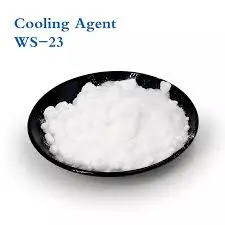
Rebecca: WS 23 Cooling Agent For Sale
Rebecca Bio-Tech stands as a trusted supplier of premium WS 23 cooling agent, offering pharmaceutical-grade materials with 99% active ingredient purity. Our comprehensive product line includes various cooling agent specifications, including WS-23, WS-3, WS-5, and WS-12, all available as white crystalline powder forms.
Each batch undergoes rigorous quality testing using HPLC methodology, ensuring consistent potency and purity standards. Our products come with complete certification documentation including MSDS, CE, ISO, and COA certificates, providing assurance of quality and regulatory compliance for your formulation needs.
Whether you're developing skincare products, pharmaceutical formulations, or research applications, our cooling agent delivers reliable performance with exceptional cooling properties and excellent skin compatibility.
Ready to experience the benefits of premium cooling agents for your next project? Contact our technical team today at information@sxrebecca.com for detailed product specifications, pricing information, and sample requests. We're committed to supporting your success with high-quality cooling agents and expert technical guidance.
References
1. McKemy, D.D. (2013). The molecular and cellular basis of cold sensation. ACS Chemical Neuroscience, 4(2), 238-247.
2. Peier, A.M., et al. (2002). A TRP channel that senses cold stimuli and menthol. Cell, 108(5), 705-715.
3. Proudfoot, C.J., et al. (2006). Analgesia mediated by the TRPM8 cold receptor in chronic neuropathic pain. Current Biology, 16(16), 1591-1605.
4. Wasner, G., et al. (2004). The functional organization of the cutaneous cooling and warming pathways. European Journal of Pain, 8(4), 373-379.
